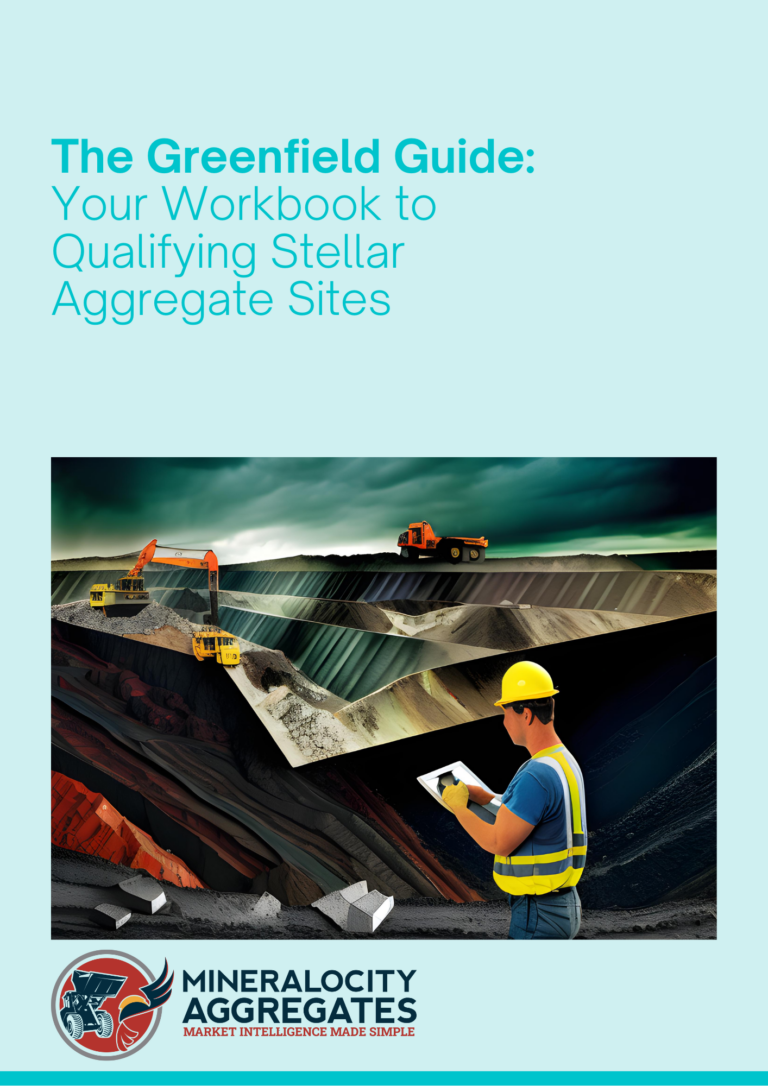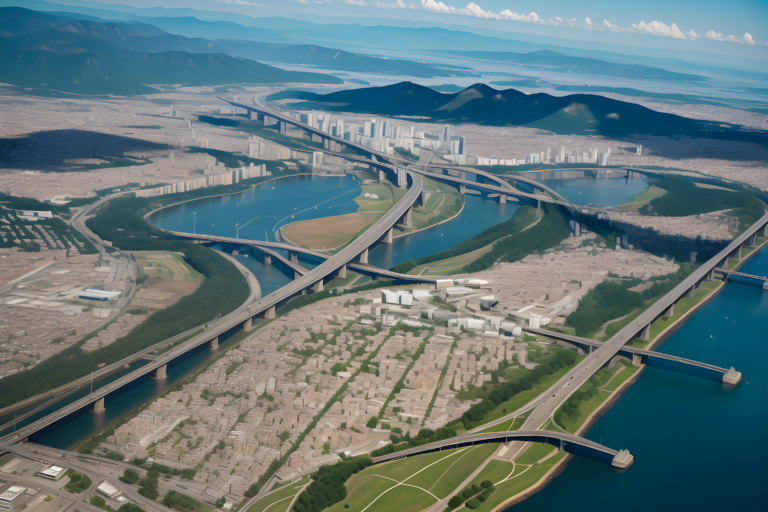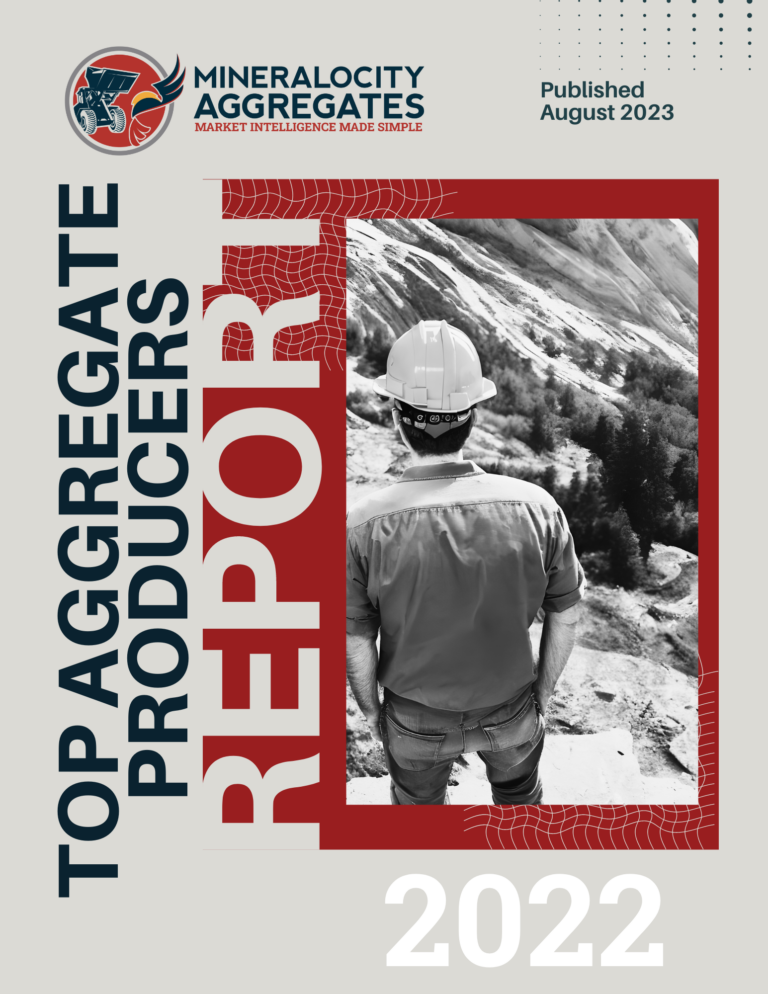When plotting a course to set up a new construction aggregate operation, there’s more to the equation than just the availability of resources. An often overlooked yet pivotal element in this decision-making process is the role of infrastructure and accessibility. Let’s dive into the compelling impact transportation costs and logistics can have on the viability of a greenfield site.
The Rising Tide of Aggregate Transportation Costs
A glance at recent studies demonstrates a marked uptrend in the transportation costs for aggregates:
- 2023 Cost of Aggregate Transportation Study by the Construction Industry Institute (CII) revealed the average transportation cost per ton for aggregate by:
- Truck: 33 cents
- Rail: 10 cents
- Barge: 2 cents
- 2023 American Road & Transportation Builders Association (ARTBA) Construction Cost Index painted a slightly varied picture, with costs averaging:
- Truck: 35 cents
- Rail: 11 cents
- Barge: 2 cents
These differences, while seemingly small, can translate into significant amounts depending on the volume of aggregate being transported.
The uptrend in transportation costs stems from various factors, including:
- Fluctuating fuel prices
- Surging demand for aggregates
- Mandates to adhere to environmental regulations.
For a clearer perspective, let’s consider a real-world example. Transportation costs are often the heftiest bill contractors and end-users pay for a ton of aggregates. Imagine a bridge project that necessitates rip-rap from a quarry located 60 miles away. With the rip-rap priced at $17 per ton FOB at the mine, the transportation costs come into sharp focus. Using the ARTBA’s truck cost of 35 cents per mile, transporting the rip-rap would add $21 to the cost of each ton. This makes the transportation cost a larger expense than the material itself, highlighting the pivotal role of proximity and transportation infrastructure in project cost management.
Strategic Site Selection: Proximity and Accessibility
- Cost Efficiency: Sites situated closer to their target markets naturally enjoy reduced transportation costs. Over time, even a few cents saved per ton can result in considerable savings.
- Infrastructure Availability: The presence of a robust transportation network – roads, rail lines, or waterways – not only reduces costs but also ensures smoother operations. Sites nestled near these transportation arteries benefit from more efficient and cost-effective aggregate movement.
- Environmental Impact: Proximity also translates to shorter transportation distances, leading to lower carbon emissions and a reduced environmental footprint – a factor becoming increasingly crucial in the age of sustainable business practices.
In conclusion, while the resource richness of a site is undoubtedly vital, its accessibility and the associated transportation logistics can significantly influence the long-term profitability of a construction aggregate operation. As transportation costs continue their upward trajectory, the significance of infrastructure and accessibility in greenfield site selection only becomes more pronounced. It’s not just about where the aggregates are, but how efficiently and economically they can reach their intended destination. Leveraging advanced tools like those offered by Mineralocity Aggregates, especially its drive time analysis, can provide invaluable insights into selecting greenfield sites with optimal market reach and superior infrastructure access. By integrating technology and strategic analysis, you can position your operation for enduring success in an ever-evolving market landscape.

Ready to Unlock the Secrets of Successful Greenfield Site Evaluation?
Dive deeper into the world of construction aggregate production with our exclusive Greenfield Guide. Whether you’re a seasoned expert or just embarking on your aggregate adventure, this guide is your roadmap to identifying prime locations, assessing supply potential, and capturing significant market shares. Arm yourself with proven strategies, actionable insights, and essential formulas designed to propel your projects to unparalleled success. Don’t miss this chance to elevate your greenfield endeavors – grab your free copy of the Greenfield Guide now!




